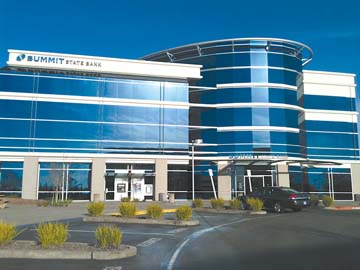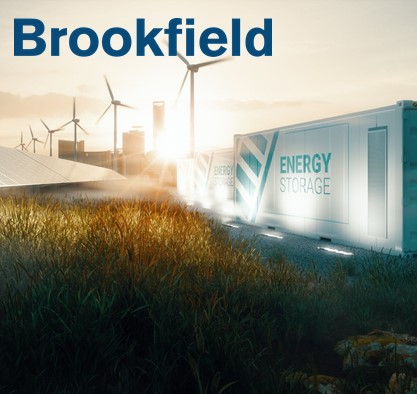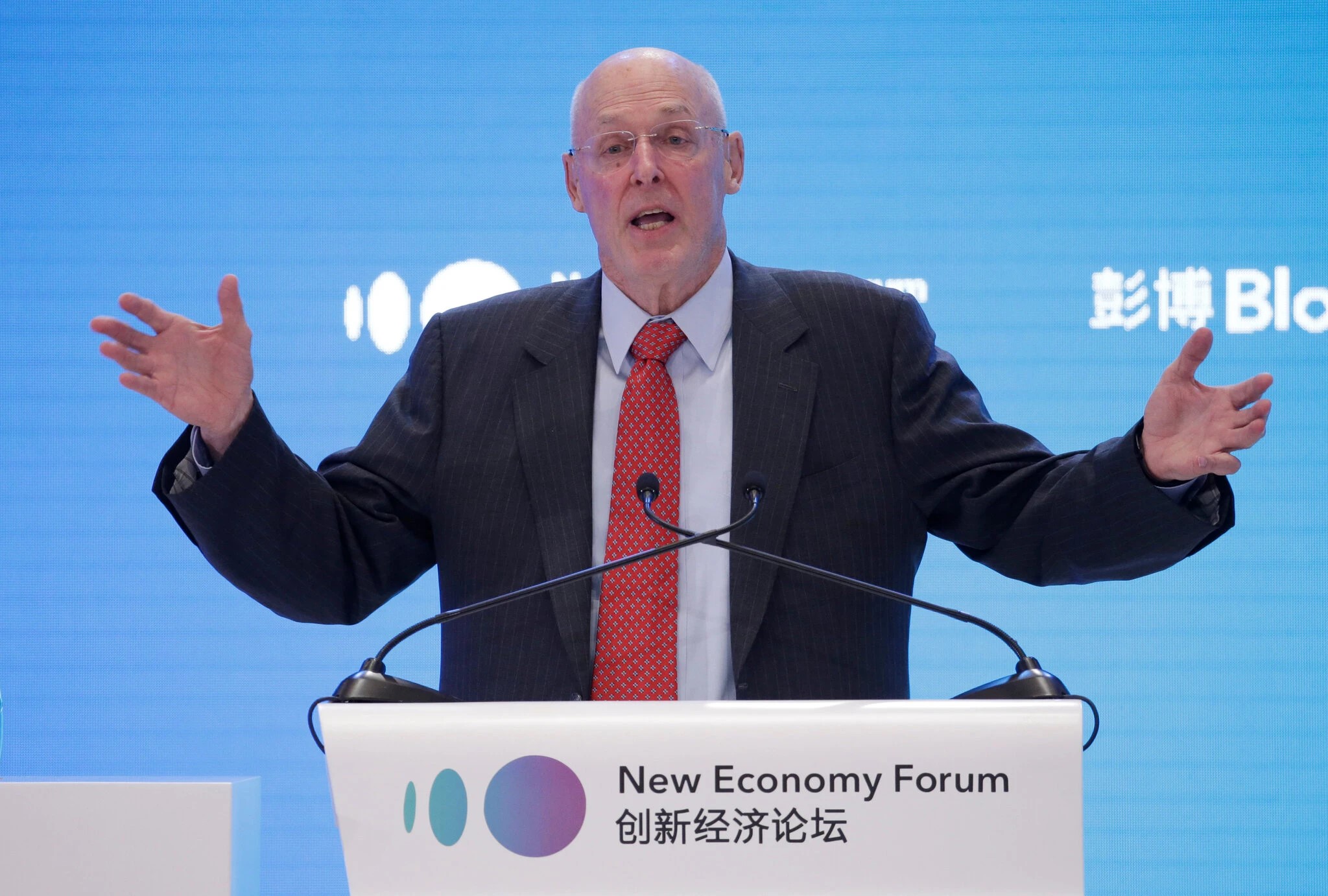Studying Summit bank building on feasibility of new cost, lending concept
SANTA ROSA (April 4, 2011) — A team of graduate students is spending the next couple of months analyzing the Summit State Bank headquarters building in northeast Santa Rosa as part of a feasibility study on a new type of renewable-energy system financing designed to lower energy costs for multi-tenant commercial property tenants and owners while reducing underwriting risk.
Results of the study of 500 Bicentennial Way by three doctoral students at U.C., Berkeley, set to be complete by mid-May, will show the validity of a business model developed by start-up Energy Producing Retail Realty, LLC, according to Tom Duryea, Summit State Bank president and chief executive officer. Team members are from the university’s Applied Science & Technology, Mechanical Engineering and Materials Science & Engineering programs.
“We feel strongly the outcome of this study will create many win-win opportunities for our community,” he said. “Sustainable energy is so important, not only to our present but also our future.”
The feasibility study is examining the new company’s model for a real estate structure that allows lenders to have enhanced collateral and users to obtain renewable energy without the risk involved with acquiring and maintaining the systems long term, according to Chris Pawlik, founder and chief executive officer of the Southern California-based venture.
“We have 40 percent to 60 percent leverage max, so we cover only the cost of the modules,” said Mr. Pawlik, 27. “The amount of debt at the end of the loan is equal to the value of the system, so we’re taking on the labor and installation risk, providing owners no risk and having lenders on the actual systems themselves.”
On-site photovoltaic electricity systems are the commonly deployed renewable energy option, but the venture is exploring other technologies, such as solar thermal for hot water and interior heating, ground-loop exchange for heating and cooling and fuel cells for electricity.
For example, at the Summit State Bank building, the U.C., Berkeley team is analyzing the cost-effectiveness of installing solar electric panels on as much of the limited roof space as possible and supplement the rest of the target power production with a Bloom Energy “Bloom Box” fuel cell.
Combinations of systems could be employed to reach the property owner’s target internal rate of return, according to Andrew Cameron, the Santa Rosa-based chief operating officer. He is also a commercial real estate agent for Pacific Union International.
A triple major graduate of U.C., Berkeley — business administration, political economy of industrial societies as well as Slavic languages and literature — Mr. Pawlik has spent the last six years working with institutional investment–grade commercial property transactions from investor and lender sides.
“I noticed that the clean-tech industry and renewable energy had a lot of merit,” Mr. Pawlik said. “Unfortunately, the owner of the company was risk-averse and did not want to invest money though it may save money. When property values went down 30 percent to 40 percent, it was a tough pill to swallow to invest more in properties.”
Under the startup’s model, the property owner would extend a utility easement to Energy Producing Retail Realty, which would obtain financing to install and maintain the equipment and offer the property owner or tenants reduced energy rates, depending on the lease structure.
The “retail” in the company name refers to selling power to the property owner and tenants.
Common renewable energy system acquisition models are cash, conventional financing, power purchase agreements (PPAs), equipment leasing and Property Assessed Clean Energy financing such as the Sonoma County Energy Independence Program.
“We’re open to doing commercial real estate loans for maintenance,” said Mr. Duryea of Summit State Bank. Funding large capital projects is something else. “Values have declined and cut into equity for lending mechanisms that would normally do this.”
PPAs and leasing agreements both cut initial costs of solar electricity projects by shifting ownership and maintenance to a third party, sometimes with a provision for the building owner to take over the system at the end of the contract. The operator often receives any rebates or credits for the systems, unless the contract says otherwise.
Contract terms can stretch up to 20 to 25 years for PPAs and as long as 10 years for equipment leases.
Energy Producing Retail Realty wants to reduce the risk for property owners by eliminating agreements that extend far beyond the lease terms for the tenants in the property.
However, if the company, or an installer that licenses the process, were to default on equipment financing, the lender would have the systems for collateral.
That collateralization of the system is hoped to avoid the objections of federal home loan warehousers about loans based on local government property assessments having priority to mortgages.
However, SCEIP has eased lender objections on nearly $7.8 million in approved loans on 39 commercial projects so far by requiring lenders be notified that only the past-due SCEIP loan payments would be due at foreclosure rather than the full balance, just like with property taxes, according to Diane Lesko, assistant program manager.
Except for loans to Simon Property Group for Santa Rosa Plaza and Petaluma Village Premium Outlets, most of the commercial loans have been for single-tenant properties or owner-occupied sites, she said. Thirty-nine percent were for photovoltaic systems, 12 percent solar thermal, and 10.5 percent each for heating and cooling system upgrades and reflective insulating foam roofs.
Energy Producing Retail Realty has a business-process patent application under review.
For more information, contact Mr. Cameron at 707-280-7262 or www.eprsquared.com.




